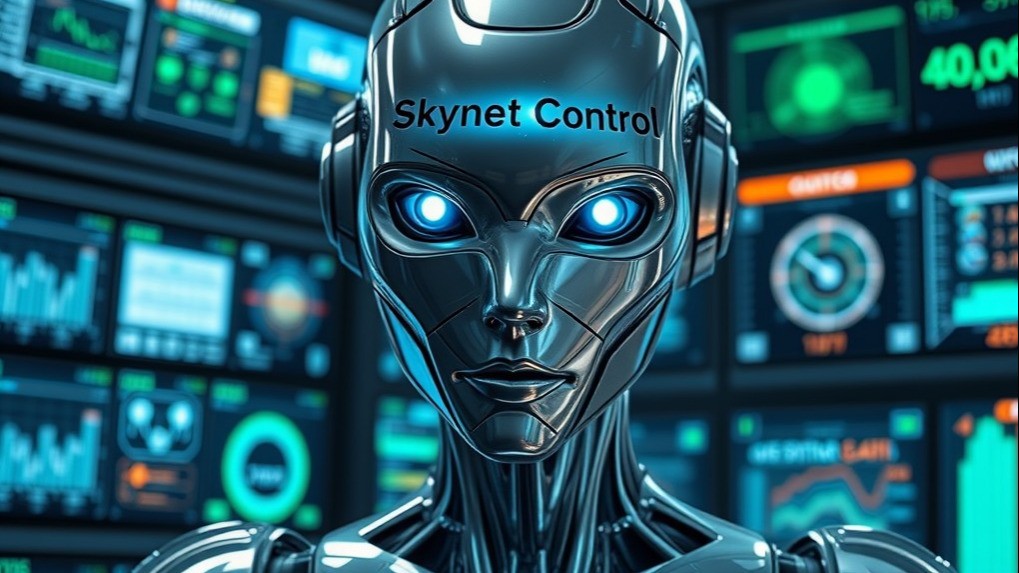-

Best Practices for Preventing Energy Theft in 2025
Energy theft, a form of non-technical loss, involves stealing electricity through illegal connections or tampering with meters. This issue leads to financial losses for utility companies and safety risks in... -

Wood Snake 2025
The Year of the Wood Snake is upon us once again! Every 60 years, this mysterious sign comes to visit us, and in 2025 we can enjoy its wisdom and...
Celebrating Chinese New Year -

Green Policies and Economic Strain
Germany's Energy Transition (Energiewende), a bold move towards an eco energy landscape aims to generate a minimum of 80 percent of the country's electricity from renewable sources by the year...
Lessons from Germany's Energiewende -

Balancing Innovation
Artificial intelligence (AI) is changing how the energy industry operates. AI promises to improve efficiency and optimization across power grids. However, there are valid concerns around bias, security, and ethics...
The Light and Shadows of AI in Energy -

Water
Water is critical for energy production. Thermal power plants, hydraulic fracturing, and even renewable sources all require significant water inputs. As energy demands grow, but supplies face increasing constraints, water's...
The Overlooked Resource in Energy Production -

The Pricing Pitfall
Electric utilities increasingly look to time-of-use (TOU) pricing as a way to flatten peak demand and better integrate renewables. But ill-designed TOU rates can perversely incentivize energy usage patterns at...
Aligning Time-of-Use Models with Renewables Targets -

Understanding Parasitic Capacitance
In electrical systems, capacitance arises not only from discrete capacitors but also from unintended parasitic capacitance within circuits. If overlooked, these parasitic capacitances can distort circuit behaviour. Accounting for them...
Implications for Circuit Design -

Rethinking N-1
Utility systems deliver essential services such as electricity and water, making reliable operation a complex task. Utilities must plan for potential disruptions, including equipment failures and severe weather events. This...
Key Considerations for Utility Contingency Planning -

New Transmission Lines vs. Decentralization
The energy market is changing rapidly. Two major trends - the growth of renewable energy and decentralization of power generation - are disrupting traditional utility business models. This poses an...
The Future of Energy Infrastructure – Progress or Pipedream? -

Capturing Abundance
Germany has rapidly expanded its solar energy capacity by installing rooftop solar panels nationwide. This growth in renewables has decreased fossil fuel dependence and progressed sustainability aims. However, it has...
Managing Surplus Solar Generation in Germany's Grid -

The Interconnection Debate
Modern society depends on reliable electricity supply, necessitating careful planning of electric grid infrastructure. Grid design involves tradeoffs between larger interconnected transmission systems and more localized distributed grids. Industry leaders...
Centralized vs Localized Electricity Grids -

Non-Wires Alternatives (NWAs) in Modern Energy Systems
Non-Wires Alternatives (NWAs) are becoming increasingly important in the transformation of energy systems to meet the demands of a changing power grid infrastructure. Rather than relying solely on building new...
Category: Metering Insights


